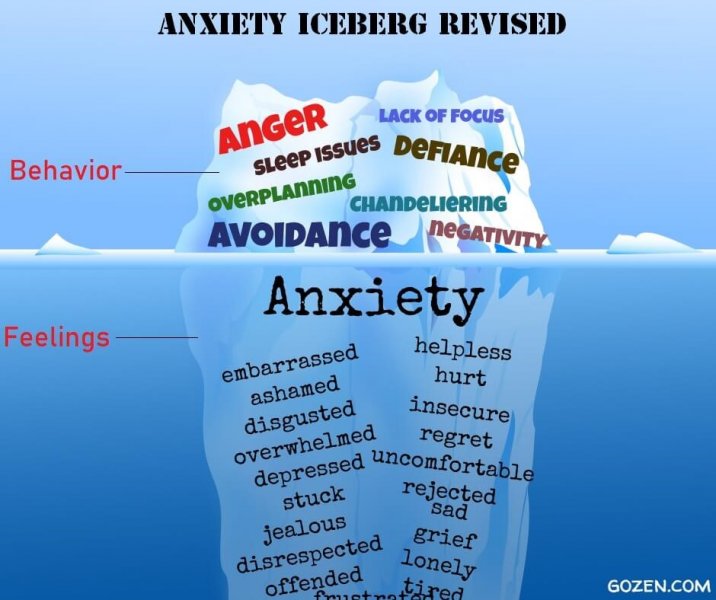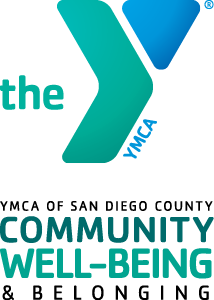Upside Down by COVID-19
It is hard to imagine anyone whose life hasn’t recently been turned upside down by COVID-19, and this is especially true for many of our little ones. Some may relish the additional family time and playtime at home, others may miss outings, preschool, daycare and/or time with friends and family. We might be feeling all of this, and more, on daily or hourly basis.

Public Health Crisis Can Manifest in Behaviors
As young children learn how to manage their emotions, anxiety, worry, and grief related to the current public health crisis can manifest in behaviors that we might find extra challenging.
In my home, it’s shown up as tears, frustration, tantrums, meltdowns, moments of being quick to anger, attempts for control, hyperactivity, and boredom. When I’ve taken these behaviors at face value, I’ve found myself frustrated, exhausted, and in all honesty, even resentful. As these behaviors escalated, I took a step back and reflected on what this experience might be like for my little ones within the context of Early Childhood Mental Health.
What is Early Childhood Mental Health?
Early Childhood Mental Health refers to the ability of young children to form close and secure relationships, identify and experience a full range of experiences, and explore the world around them. This developmental process occurs over time and in the context of families, cultures, and communities, and it’s taken on new meaning as our children are experiencing a profound shift in our day-to-day lives.
I’m here as their mom, but I’m also working. I’m preoccupied, distracted, and doing my best to attend their every need. We have a routine and structure to our day, with lots of options for choice, and it’s not what they are used to. They miss their friends and school and teachers and parks and activities out of the home. They miss attention from more than just one person.
The Next Time My Son had a Meltdown
The next time my son had a meltdown, I leaned into it with the understanding that this is how his grief is showing up right now. I held a pillow for him to punch and kick. I sat with him and I held him while he cried. I acknowledged how hard this is. I invited him to talk about what he’s missing and what parts are the hardest. I invited him to think about what could help…special time together, a long car drive, a day with no schoolwork. I saw him. I validated his sadness. I was present with him.
The longer we practice physical distancing, the more I feel myself pivoting to focus on being and less on doing. Of course, the meals need cooking and the house needs cleaning, but what I hope my children remember about this time is that I was with them. Wholeheartedly, fully-being, with them through this challenging moment in our shared history.
Protective Factors Resource Guide
There are a number of great resources to help navigate this time, including our own Protective Factors Resource Guide. Find the ones that resonate with you. There is no right way forward, there is no “best practice” other than “showing up.” As a caregiver, you are doing the best you can, and that is good enough.
DOWNLOAD: PROTECTIVE FACTORS RESOURCE GUIDE
A Call for Connection
One of the most important ways to support children during this time is to ask how their caregivers are doing. We are offering a behavior consultation warm-line to families and child care providers. Through phone-based support, we offer a listening and empathic ear to problem-solve challenges with parenting, support in coping with the current stressors, and guidance in helping children understand what is going on. These brief consultations are free and confidential. Download the flyer.
To connect with one of our behavior support specialists, email [email protected] or call 1-800-481-2151.
About the Author
Aimee Zeitz is the Regional Director of Quality Family Engagement for YMCA Childcare Resource Service. She oversees Partners in Prevention, a community collaboration project to support families and caregivers by streamlining access to resources and increasing protective factors to prevent maltreatment.


